Leading Modular Contactor Manufacturer From China
- Modular Contactor has novel structure and compact volume.
- Installation orbiting, dimension modularization, safe use, can be combined with small circuit breakers installed in the control lighting box.
- The use of high-quality insulation materials greatly improves the safety.
- Beautiful appearance with working status indicator window.
- No noise, suitable for hotels, hospitals and other places.
Your inquiry will be replied in 24 hours
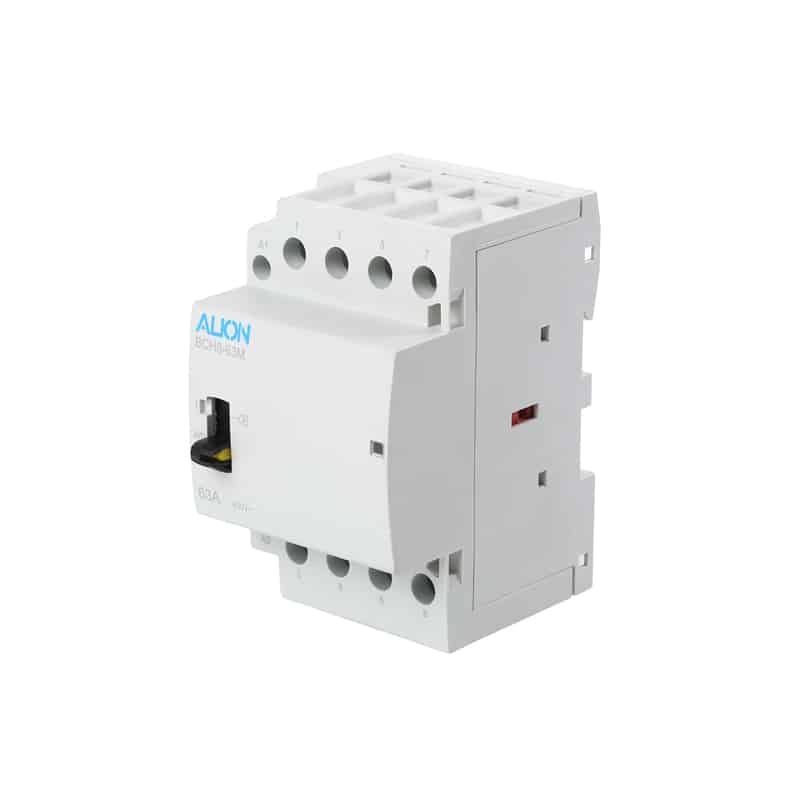
Custom Modular Contactors
ALION Modular Contactors can be used in industrial, commercial, or agricultural settings. They are also common in homes and hospitals. Most often, modular contactors are used to control lights, air conditioning, heating pumps, and the like.
Our modular contactors have a current rating of 100A and come with support for DIN mounting. You can easily install them into your electrical panel.
ALION Modular Contactors have a standard 17.5-millimeter construction, which makes them flexible enough to meet all your needs. Also, the number of poles can range from one to four, and the contactor supports N/O and N/C contact states.
| Item | Our Offer |
|---|---|
| MOQ | 500 pcs |
| Sample #2 | Free sample can be provided for bulk order |
| Leading Times | Sample: 3-7 days; Bulk Order: 30-60 working days, depending on the qtys |
| Main Product | Time Swicth, Timer Relay, Modular Contactor, Hour Meter, Photocell Switch |
| Customize Logo | Accept |
| Warranty | 1 years |
Alion in Brief
- 25 years of timer switch production experience
- 10,8361m² factory area in Wenzhou
- 16 production lines to ensure a short turnover time
- 22 years of timer switch OEM experience
- 120 front-line employees in Alion
- 1880 OEM projects completed
- Export to 42 countries worldwide
- Supplier for companies like ABB, Chint, Perry, Hager, Finder, Hellermanntyton, and so on
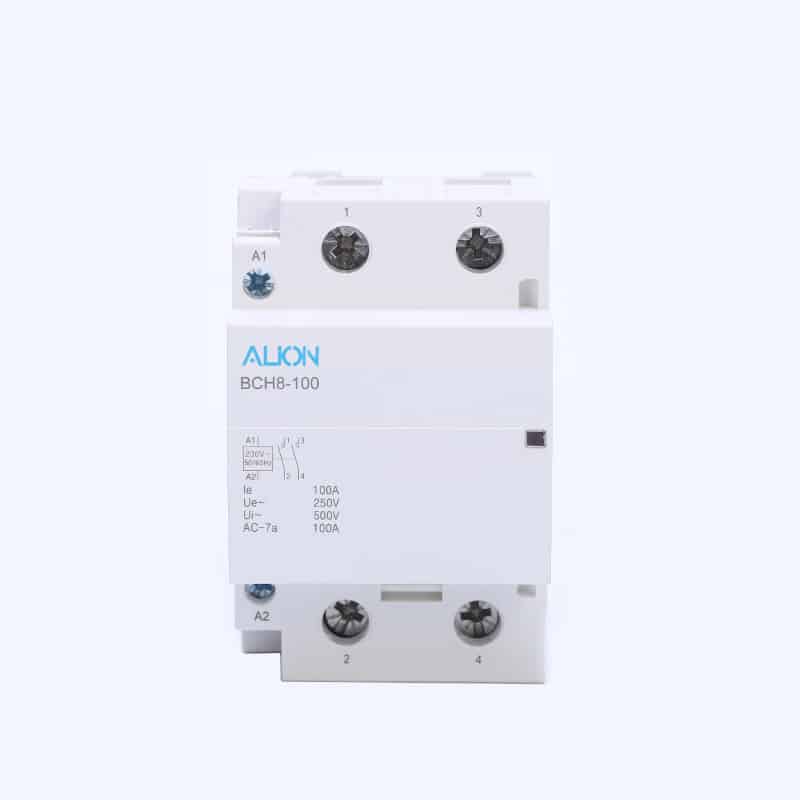
100 2P Din Rail Household Modular Contactor
BCH8-100-2P contactor modular is suitable for using in the circuits up to the rated voltage 250V AC50HZ or 60HZ rated current up to 100A, for controlling household appliances & similar usages’ low micro-load, also controlling household motors’ loading, whose controlling power shall be reduced.
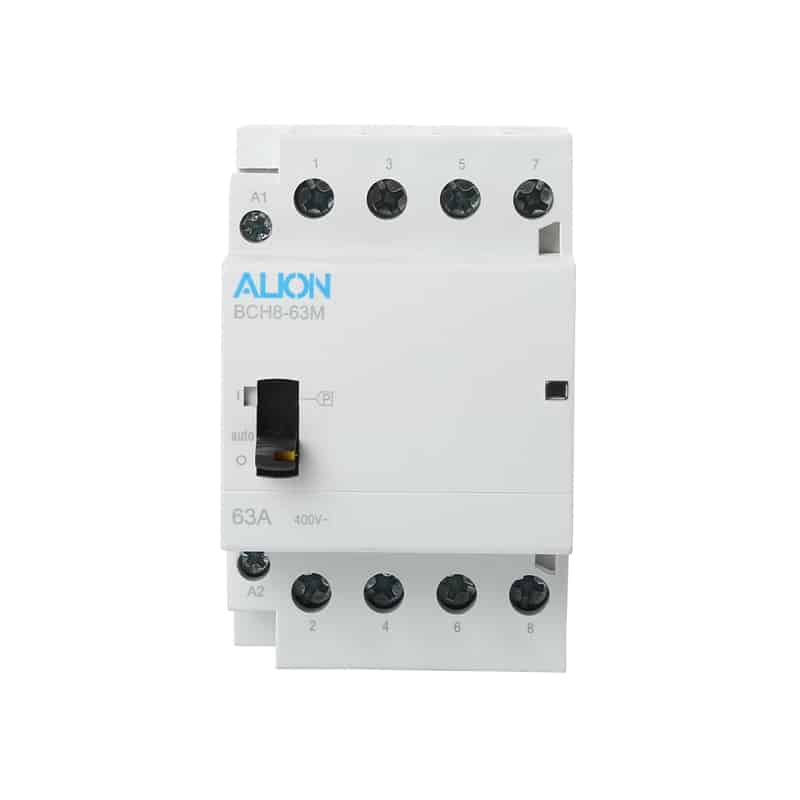
100m 4P Din Rail Household Modular Contactor
BCH8-100M-4P Modular Contactor is suitable for using in the circuits up to the rated voltage 250V AC50HZ or 60HZ rated current up to 100A, for controlling household appliances & similar usages’ low micro-load, also controlling household motors’ loading, whose controlling power shall be reduced.
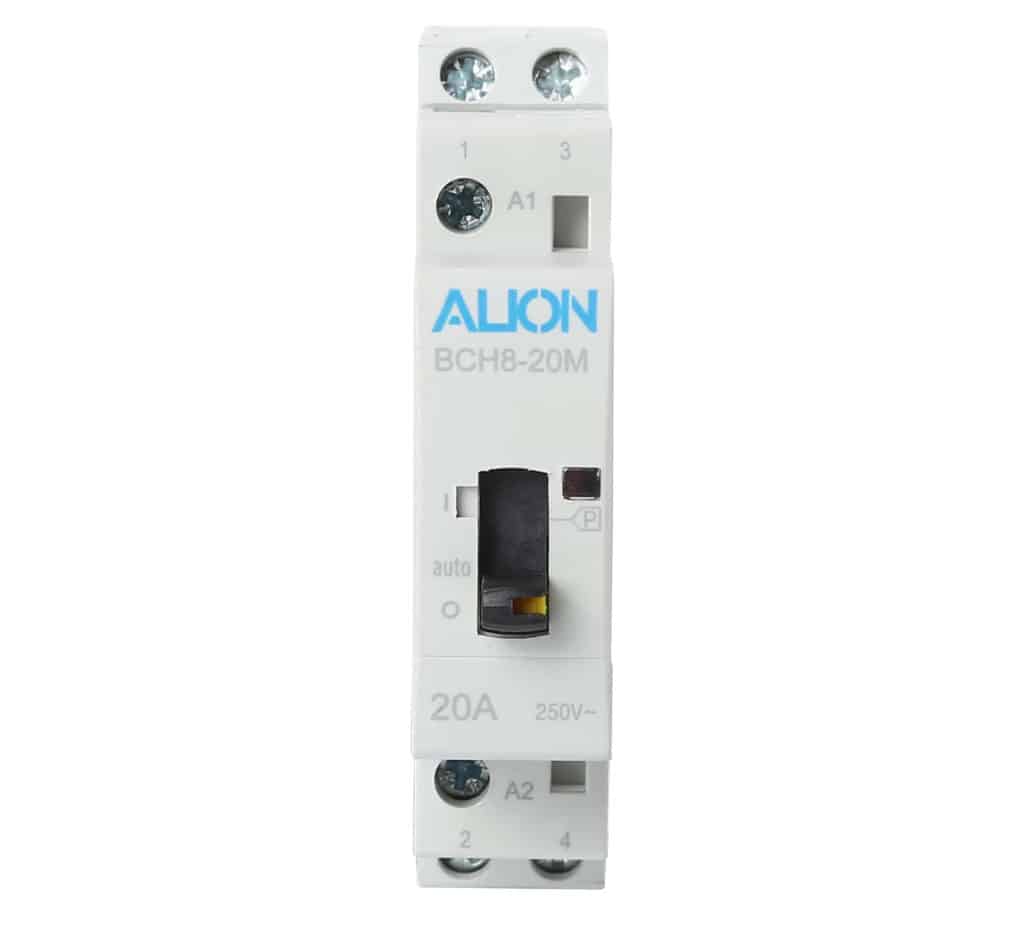
20m 2P Din Rail Household Modular Contactor
BCH8-20M-2P 240v contactor is suitable for using in the circuits up to the rated voltage 250V AC50HZ or 60HZ rated current up to 100A, for controlling household appliances & similar usages’ low micro-load, also controlling household motors’ loading, whose controlling power shall be reduced.
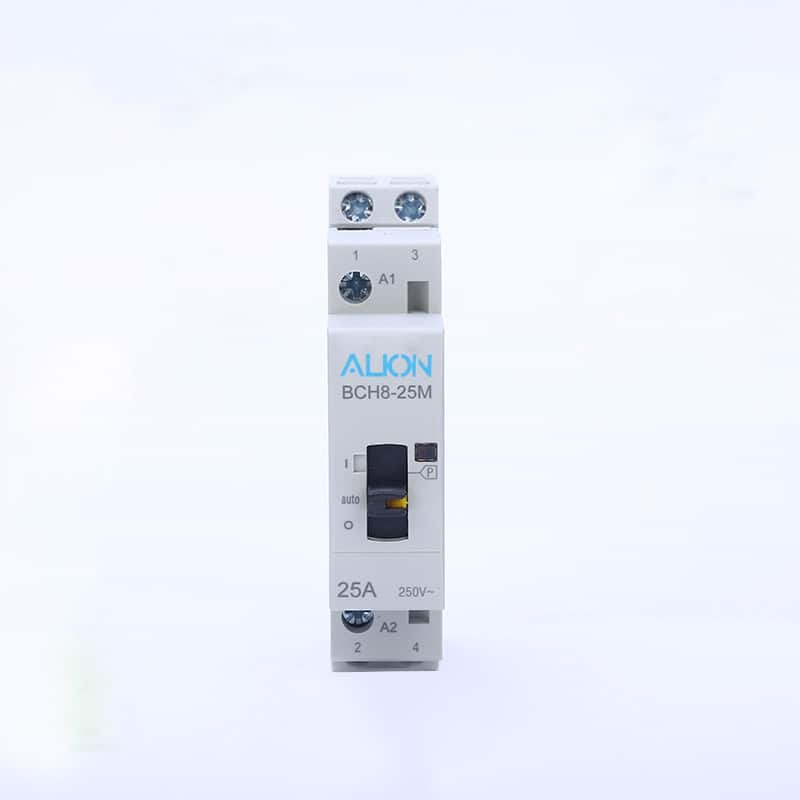
25M-2P Electric Contactor
BCH8-25M-2P electric contactor is suitable for using in the circuits up to the rated voltage 250V AC50HZ or 60HZ rated current up to 100A, for controlling household appliances & similar usages’ low micro-load, also controlling household motors’ loading, whose controlling power shall be reduced.

25M-4P 4 Pole Contactor
BCH8-25M-4P 4 pole contactor is suitable for using in the circuits up to the rated voltage 250V AC50HZ or 60HZ rated current up to 100A, for controlling household appliances & similar usages’ low micro-load, also controlling household motors’ loading, whose controlling power shall be reduced.
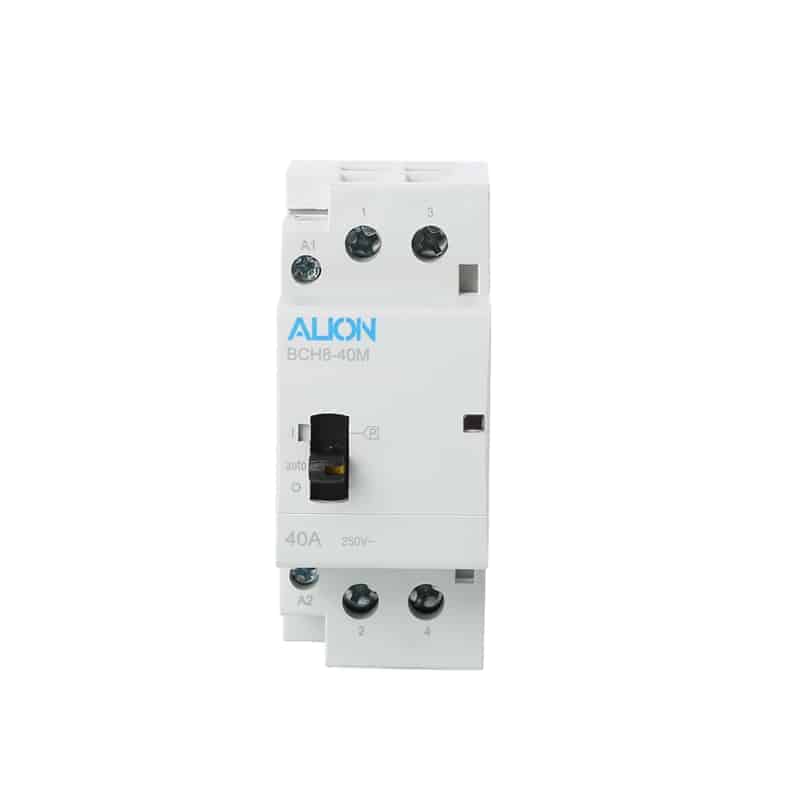
40M-2P Contactor Switch
BCH8-40M-2P contactor switch is suitable for using in the circuits up to the rated voltage 250V AC50HZ or 60HZ rated current up to 100A, for controlling household appliances & similar usages’ low micro-load, also controlling household motors’ loading, whose controlling power shall be reduced.
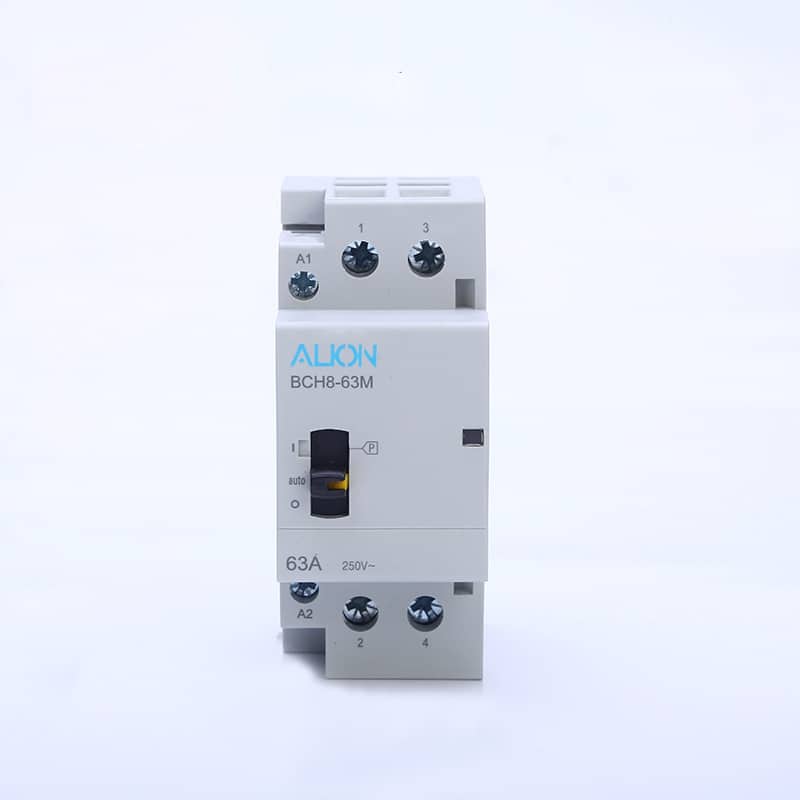
63M-2P Vacuum Contactor
BCH8-63M-2P vacuum contactor is suitable for using in the circuits up to the rated voltage 250V AC50HZ or 60HZ rated current up to 100A, for controlling household appliances & similar usages’ low micro-load, also controlling household motors’ loading, whose controlling power shall be reduced.

63M-4P Power Contactor
BCH8-63M-4P power contactor is suitable for using in the circuits up to the rated voltage 250V AC50HZ or 60HZ rated current up to 100A, for controlling household appliances & similar usages’ low micro-load, also controlling household motors’ loading, whose controlling power shall be reduced.
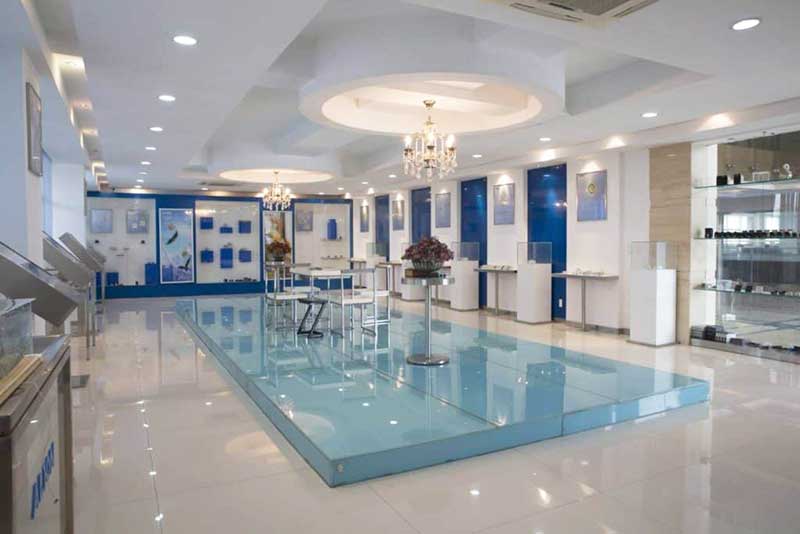
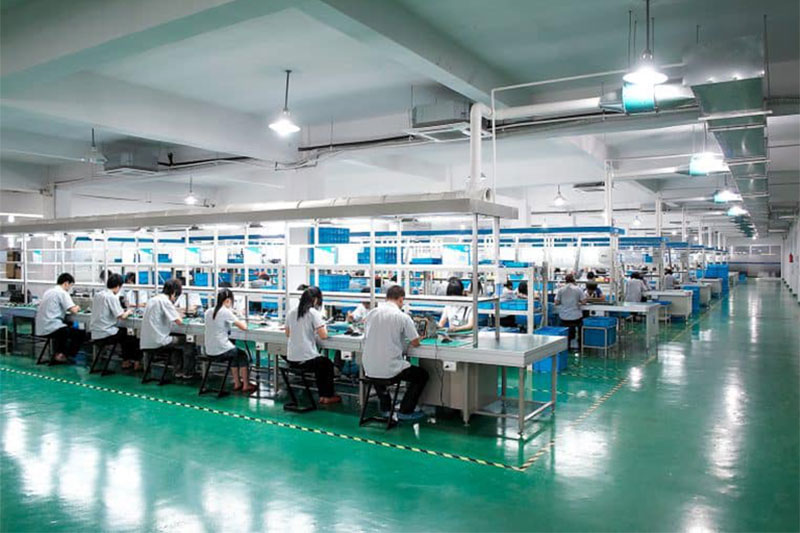
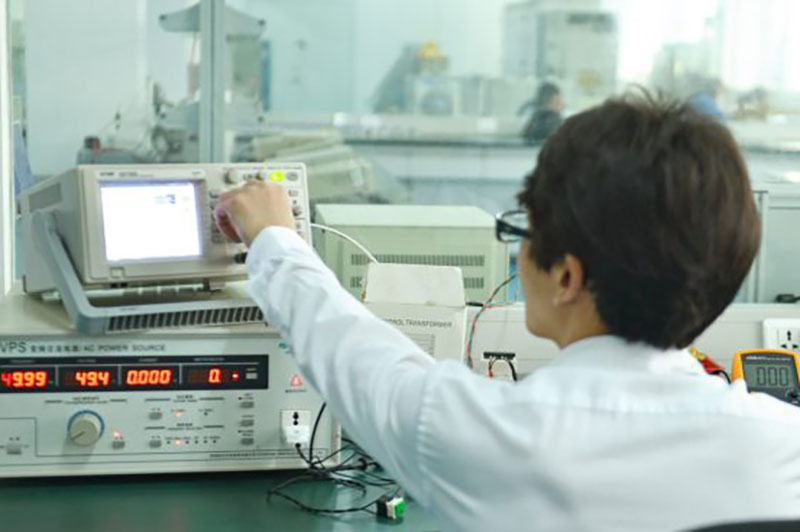
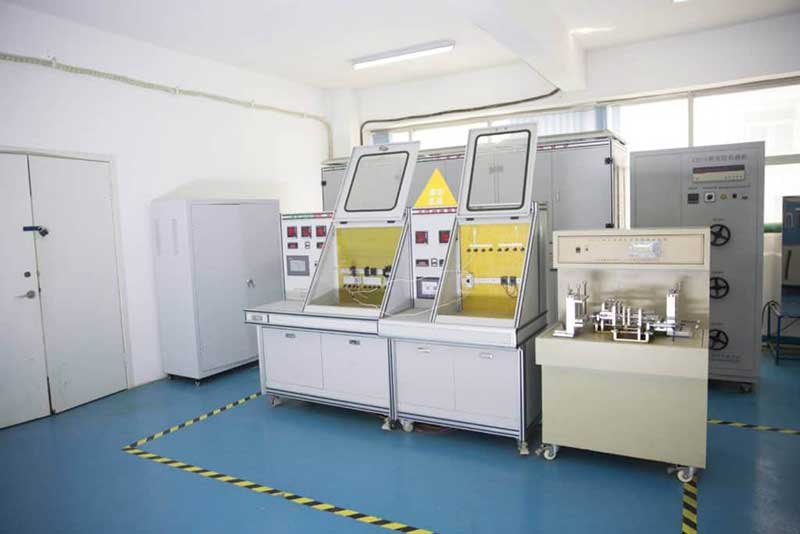
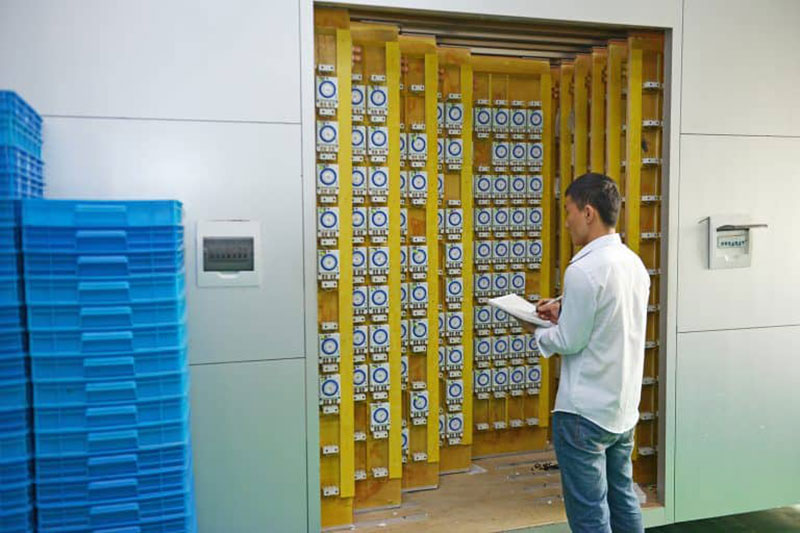
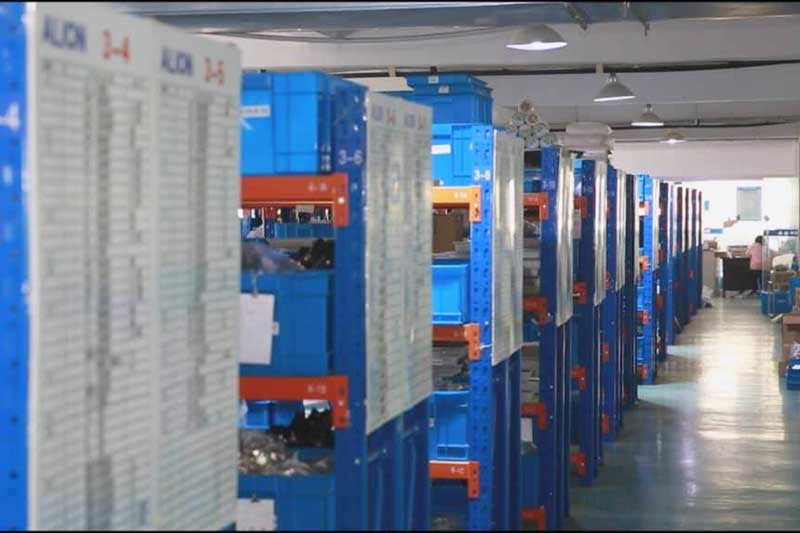


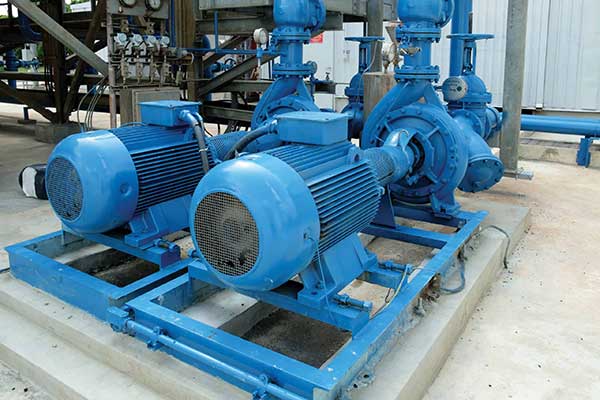


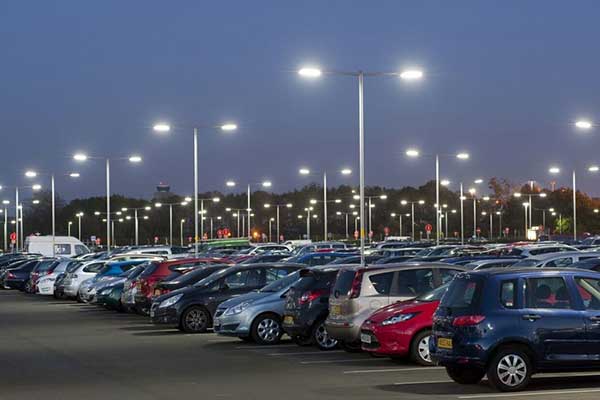
Modular Contactor Manufacturer FAQ
The warranty period is 24 months from the goods leaving our warehouse. In warranty period, all of the defective products can returned to the factory to be repaired or be replaced.
We offer the free sample, you only need to pay the freight. One reference is up to 2 pcs, the total quantity is no more than 6 pcs. You can also place a sample order if you exceed the quantity.
We set up a flexible MOQ to meet your needs.
MOQ is 500units, the packaging will be Laser printing; Labels and manuals put your logo by printers; White innerbox and universal cartons.
MOQ is 1,000units, we will be based on your artworks included the production of labels and inner box.
If need to develop products or improve product performance, the MOQ is 2,000units in the first order. Please submit your requirement to contact us.
This depends on the products. The standard time products are delivered within 5-20 days. The delivery time of the special products is according to the time of completing the products.
Our standard payment term is 30% T/T deposit, 70% balance Before the shipment.
Yes, we’re excited to help inspectors to complete the inspection work.
Request Your Free Modular Contactor Quotation Now
Contact us for design assistance, free quote, and expert advice today.
Your inquiry will be replied within 12 working hours, and we respect your privacy.
We'll reply you in 24 hours
Modular Contactor - Definitive Guide
The modular contactor is a remotely controlled electromagnetic device. It is used as a switching device (used to make and break current in a circuit). There are various types of contactors, including electromagnetic, electro-pneumatic, pneumatic, and lockable, and they also employ AC and DC networks (depending on the design). Most commonly, this device is used to control a powerful electric motor. Because it refers to an electromagnetic device, the force to close and open the contact is generated by an electromagnet.
What is a modular contactor?
Modular contactor is a switch device used to control small-capacity loads without any buzzing sound during its operation. It can be installed on din rails. It is compact and can be used in small electrical enclosures and cabinets.
The operation of the module contactor is the same as the power contactor.
- The module contactor coil is energized.
- The main contact position changes. (From NO to NC or from NC to NO)
- Electric energy is transmitted from the power supply end to the load end
The power contactor generates a buzzing sound during the switching process. This disturbing sound can be heard even when the cabinet door is closed. Modular contactors ensure silent operation. Therefore, it is also called a silent contactor. This is the most important feature that distinguishes the module contactor from the power contactor.
Modular contactors are the first choice in indoor applications due to their silent operation. It can meet the needs of applications such as hotels and residences. Generally used to control lighting load. It can also be used to switch small fans, water pumps, elevators and heaters.
Where and Why using modular contactor?
When controlling and switching heat pumps and various other equipment (such as ventilation systems), they usually use modular contactors. When panels and various automation systems are assembled in apartments, they become very popular and very popular. For example, light control, drilling pump, automatic switch circuit reserve, etc. Why? Because the contactor fits perfectly with other modular equipment without violating the ergonomics of the protective layer. You can verify this by looking at the visual example in the photo:
It is worth remembering that at a frequency of 50hz, the power supply voltage should not exceed 380 volts. However, despite this, the contactor can work at high power. This device also has several advantages. For example, there is almost no noise and vibration. This is a very positive effect. It is not only suitable for home shielding, but also in public places (hospitals, apartments, schools, research institutes, etc.), because other switchgear is too susceptible to strong vibrations.
By the way, size is important. After all, the small size of the modular contactor allows you to install it on a din rail. An arc extinguishing chamber is provided in the design to extinguish the arc generated in the process of changing the current load. In addition, there are single-phase and three-phase contactors, which can be connected to any network.
Contactor Design
To understand the principle of the contactor, it is necessary to study its structure. After all, the device itself consists of several parts. Let’s start with the coil. It is needed to generate magnetic current. If the coil is also a choke, then it provides the driving force for the operation of the device. To prevent malfunction, it is worth checking the voltage of the new coil.
When replacing, check several key points. For example, when the armature is in contact with the iron core, the moving parts lack contact, and the air gap is missing. The next part is the contact spring. Maintain a constant contact tension. After the contact is connected, the scrolling to a static state occurs. In this case, the destruction of the oxide film and various compounds occurs, appearing on the contact surface. If, when the contact is moved, the movement is stationary, then this is called the initial tension of the contact spring. This helps reduce vibration from one contact to another.
The next part of the modular contactor is movable. It consists of the contact of movement and creative work. The other part of the device is the closed contact. It is on them that the moving contacts move to create work. The last two parts can be combined into a contact system. After all, in fact, the parts are a little different, but together they produce a certain force. It should be noted that they are fixed on the anchor, but the position is different, because the moving anchor will be in the lateral direction, and the fixed anchor will be on the hull.
When the contacts are not in contact and there is no current, this is called the “stationary state”. When a voltage is applied to the coil, an electromagnetic field is generated, thereby generating an electromotive force. The power contact on the electromotive force attracts the core. If the voltage supply is stopped, the electromagnetic field will disappear and the armature (iron core) will not be maintained. In this case, with the help of the spring, all the contacts will return to their original positions, thereby breaking the circuit. Contactors operate on this principle.
Now we can say that when voltage is applied to or disconnected from the solenoid coil, the module contacts (like other contactors or starters) work. The connection and operation instructions are very simple and won’t take you a long time, because you can easily grasp the principle of the device when using it.
Modular Contactors Features
Modular contactors have the following advantages for their users.
- No buzzing operation, low power consumption.
- It emits less heat.
- Easy to install.
- Modular contactor is similar to contactor relay (auxiliary contactor) in terms of contact combination. 1NO + 2NC, 2NO + 2NC, etc.
- Compact structure and does not take up much space.
- Accessory installation options are very limited compared to power contactors.
- Looks like a miniature circuit breaker. Because it has a dual-rail shape. When using the miniature circuit breaker in the housing, it may be difficult to distinguish visually. But after using the modular contactor, the overall appearance of the panel looks very delicate.
- The general output can reach 15 kilowatts. Therefore, it can be used for low-load switches.
- Advanced coils can provide AC and DC. In addition, they have a surge protection function.
- Some models can be controlled manually.
- Has contact instructions.
What to look when select modular contactors
When choosing a modular contactor, the following parameters should be considered:
- Contact combination.
- Rated working voltage.
- Rated working current.
- Control (or coil) voltage.
- Ambient air temperature.
- Electrical and mechanical durability.
The type of lighting fixtures you attach to one contact of a modular contactor should be planned when using modular contactors for lighting applications. Especially in today’s world, LED lighting is used more and more, and the contactor must be able to withstand the nominal current and inrush current of the lighting fixture.
Application of Modular Contactor
Modular contactors, also known as analog contactors and building contactors, are mainly used in power systems with AC 50Hz/60Hz, rated working voltage 400V, and rated working current 100A.
Used for remote control switches and control circuits of AC-1 and AC-7a (non-inductive or low-inductance loads, resistance furnaces, household appliances and similar low-inductance loads). The most common applications of modular contactors are:
- Electric mobility (including AC circuits)
- Air conditioning.
- Allocation of AC circuits.
- Small motors and pumps.
- DC circuit distribution.
- DC motor.
- Standby power switch.
